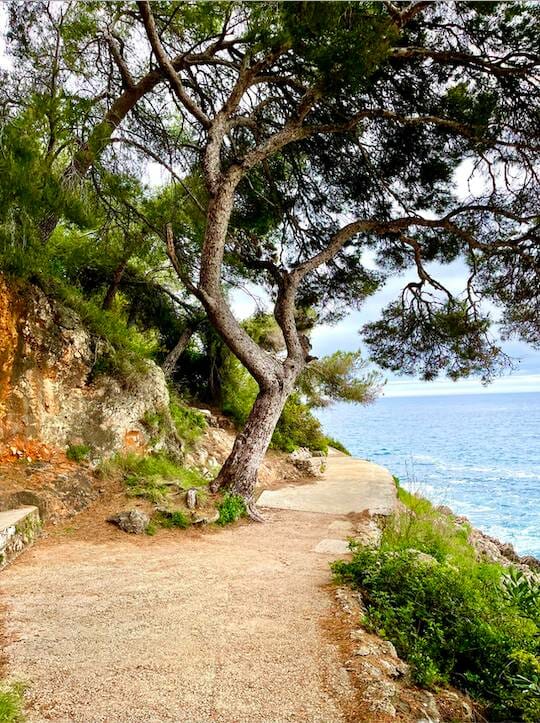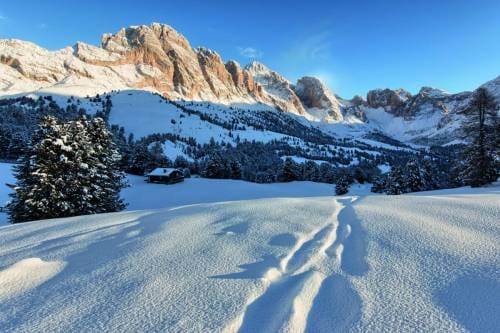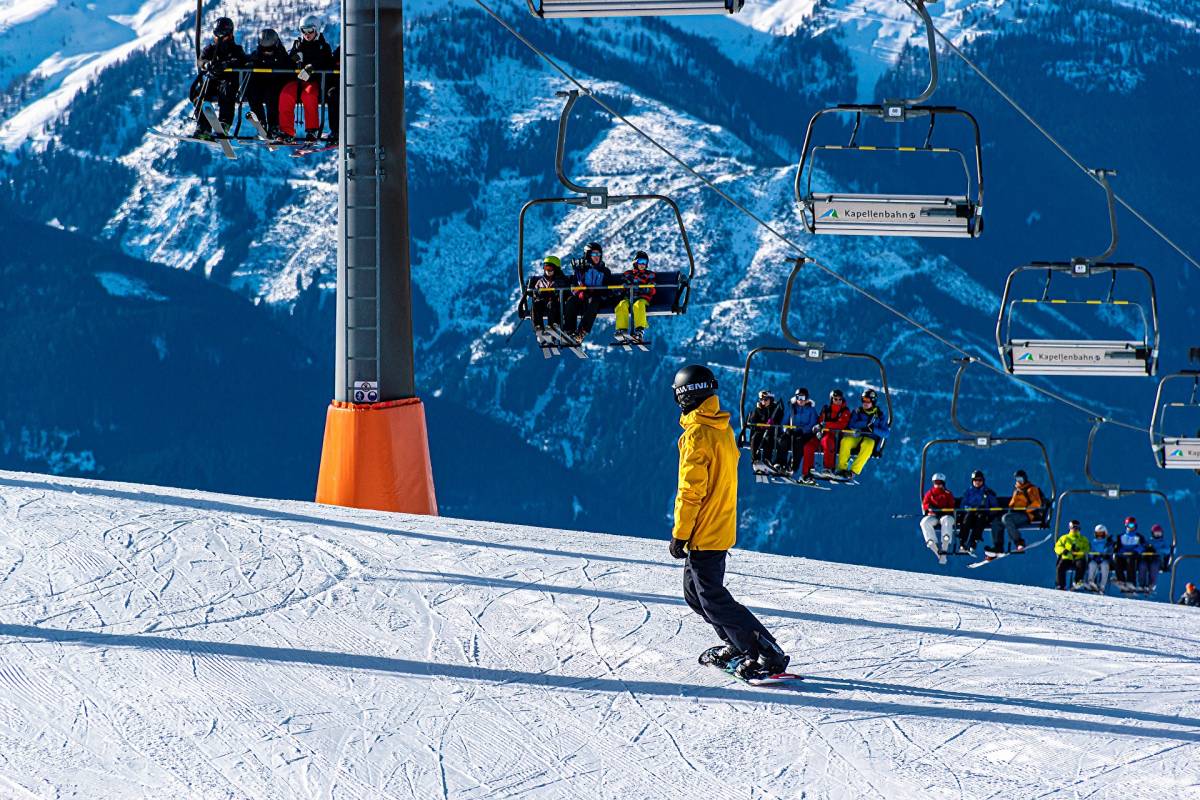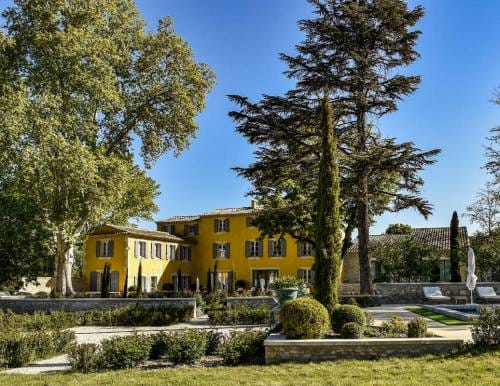For all lovers of outdoor activities this special material is provided by HelloMonaco editor-in-chief! Olga Taran who has made her own personal discovery of the four most popular walking routes, studied the features of each and made a lot of wonderful photos. She is ready to share her impressions and useful tips: how to get there, what to see and what to pay attention to.
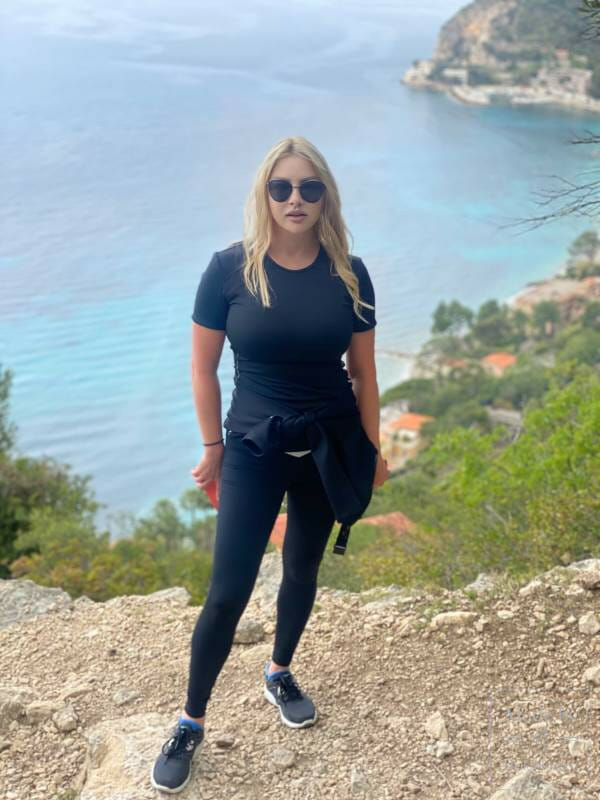
Tête de Chien
This time we will explore the panoramic trail that takes you from the centre of Cap d’Ail to the hills above, all the way to the spectacular viewpoint of the Tête de Chien (Dog’s Head in English though I personally see rather the head of a dragon or a big lizard). This is probably one of the most scenic walks you can do in the area; as you make your way up to the summit, your surroundings include the majestic looking ocean, mountains and luxurious villas at every level. Definitely one of those walks on which you’ll want to free up some storage to take pictures!
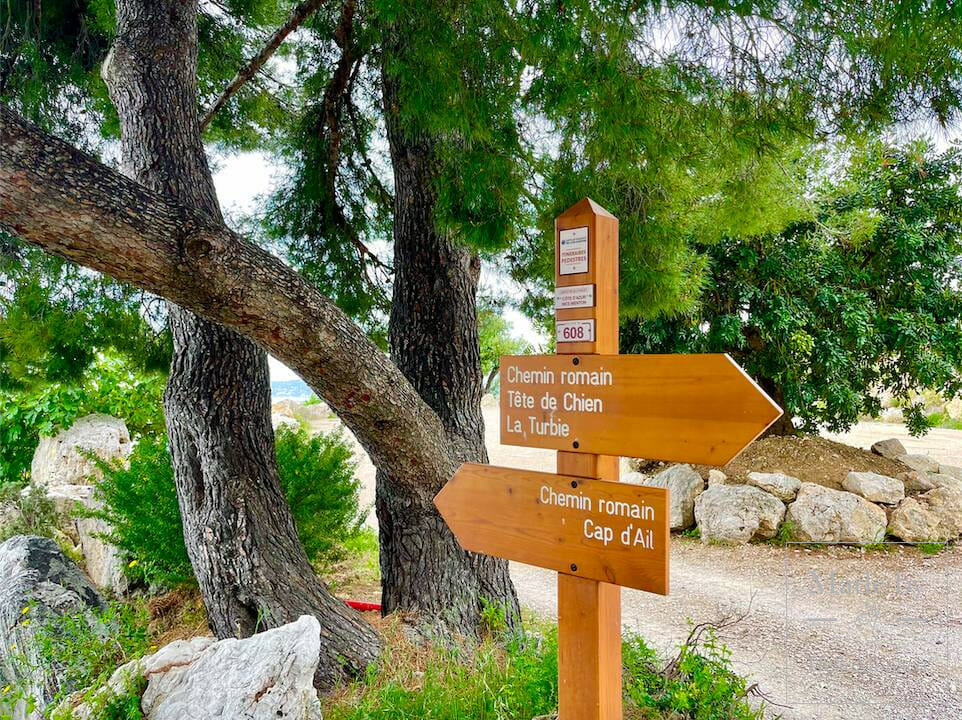
Most Riviera residents have visited the Tête de Chien viewpoint a few times before admiring the beautiful 360 ° views of the entirety of the Principality and surrounding areas. However, maybe you weren’t aware that you could hike all the way up to the rock and enjoy the journey up there as well as the reward of an enchanting panorama. The walk is known as the Chemin romain and takes about 2 hours and 15 minutes to walk up and down, but leave yourself 3 hours as you’ll be stopping to marvel at the view a fair few times! The route to the top is about 6.5 km and perhaps it is not the most family friendly walk — there are quite a few steps to take, the trail is always at an incline and the footpath is tricky at times. Not for the youngest of hikers but definitely a great outdoor workout!
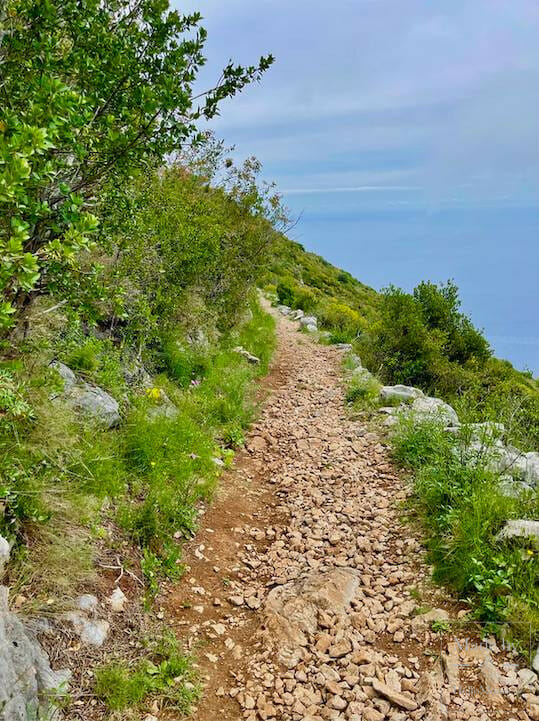
The walk starts in Cap d’Ail; just park your car somewhere in the centre of the town or take a quick ride on the n.100 bus to reach the beginning of the trail. The start of the path is not that clear as there are many routes you can choose for the first segment of the walk, each with varying incline and steps so choose according to your desired intensity. You might have to refer to Google maps at times to make sure you’re staying on the right track — the route is clearly displayed on any GPS app. Or pop into the town’s Office de Tourism that is located in the very centre of the town: it will have plenty of tips to ensure you make the most out of the hike. One of the staircase-filled streets you can take to guide you to the next segment is L’Escalier Costa Plana that runs all the way up to the main road of the Moyenne Corniche, cutting through the residential roads on a quiet asphalted terrain. Most of the side streets that branch off Cap d’Ail’s main road are named after Mediterranean trees such as Chemin des Mimosas and Chemin des Amandiers, so pick one and complete the steepest part of the walk!
Once you reach the busy road of the Moyenne Corniche (RD6007), you need to cross at the traffic lights to get to the street that seems to lead to a residential area, Chemin des Cyclamens. There you will find the first signpost for the Tête de Chien route on your left; follow this road past the sea-view homes till you reach another main road that you must cut across to continue the walk. As mentioned before, the road is not that clearly marked so don’t be afraid to ask a friendly passer-by or consult your maps. Also look out for Chemin Romain signposts and the spray-painted yellow arrows located here and there that keep you moving in the right direction.
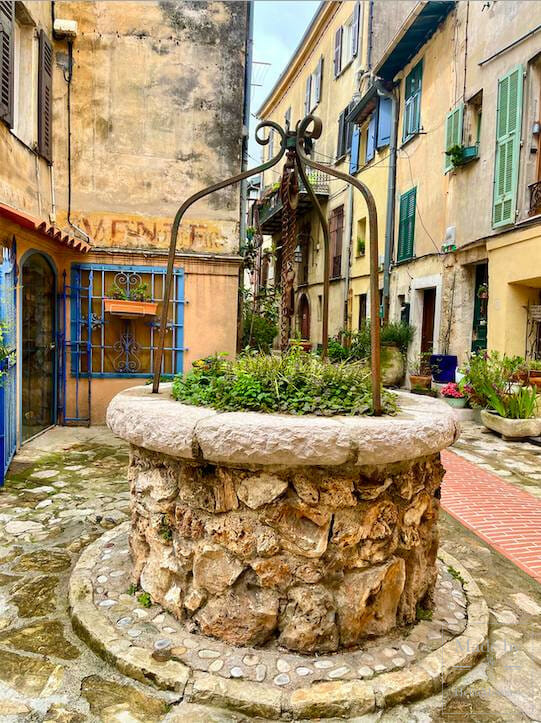
As you walk on, you leave the asphalted roads and find yourself walking on a magnificent trail submerged by nature; cacti, tangled flowers and wild herbs like lavender surround your walkway and perfume your hike. The grand white limestone cliffs, that look perfect for experienced rock-climbers, tower over the winding uphill walk as you get closer and closer to the Tête de Chien summit that you never lose sight of. As expected, the footpath cuts through the wilderness so it is rather rough and overgrown in places but that simply adds to the charm; just make sure to wear some proper shoes for the unstable stony path and tread carefully on the way back down. Also, the hike is very exposed in summertime so make sure you grab a bottle of water and sunscreen for the walk — the ocean will look so tempting you’ll want to dive straight into it!
Once you reach the rocky summit feel free to sit back and take in the glorious coastal views that stretch as far as the eye can see. The entirety of Monaco is on show as well as Cap d’Ail, Cap Ferrat, Menton and on an exceptionally clear day you may even see Antibes and Italy in the distance. Those who have visited the viewpoint know that it is one of the best panoramic views around; the views are really quite impressive — you have to see it to believe it!
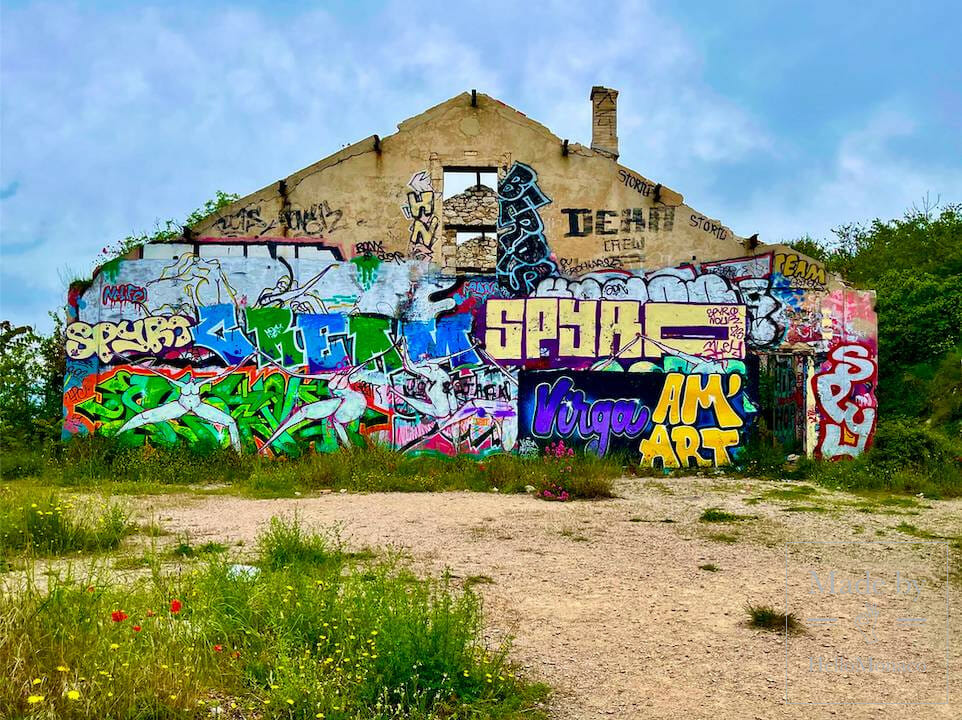
Don’t forget to reward yourself with a fresh drink and a baked delicacy from one of the bakeries in town on the way back — you deserve it!
A Walk to the famous La Turbie Trophy
This one, I believe, is the most challenging of all paths. It barely has horizontal sections to catch up on your breathing and stabilize the heart rate, only going upward. But that’s the beauty of it all! It makes for a nice and fairly fast cardio workout (the walk up only took me 40 minutes).
Start the walk from the market on the Monaco and Beausoleil border. A famous staircase leading up to the Riviera Palace will be your first warm-up and reward before tackling the main challenge.
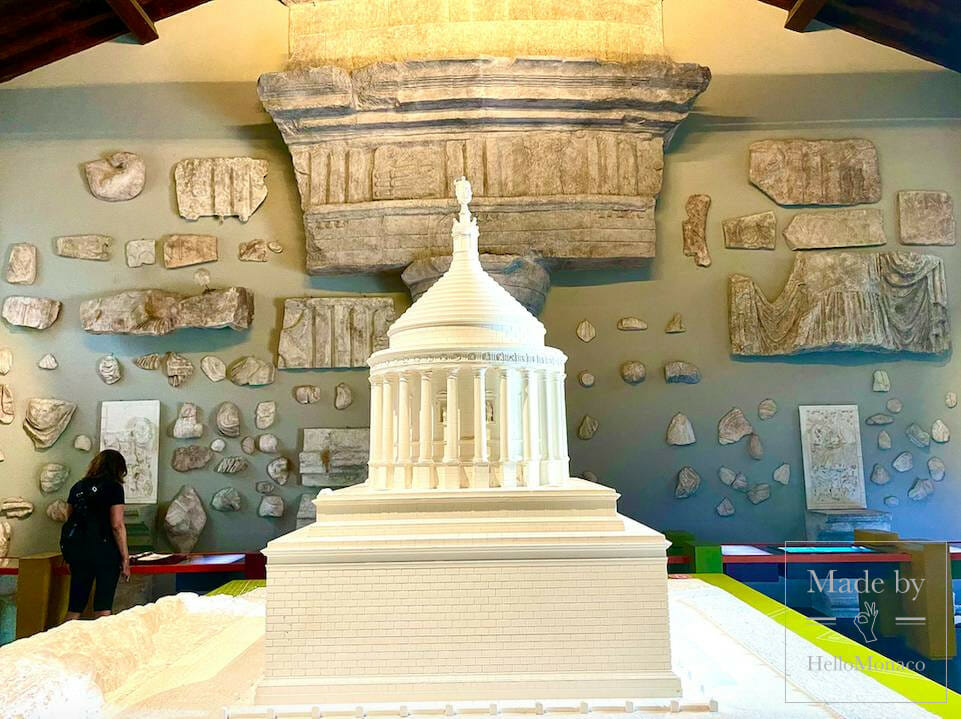
The Riviera Palace, symbol of Belle Epoque luxury, is classed as a historical monument. It used to be one of the main destinations, favoured by the Russian, Austro-Hungarian and English aristocracy. The legendary staircase, connecting the hotel with the Monte-Carlo Casino and Beausoleil, used to take its illustrious guests up and down. During the First World War, the palace served as a military hospital. It was finally closed in 1932 and later converted into an apartment building.
Follow the path until the “Trophée d’Auguste La Turbie” sign. This part of the road is asphalted and fairly comfortable, in spite of its steep angle. Watch out for the junction, don’t miss the “Chemin romain La Turbie” sign! The rest is easy. A cobblestone road will take you up to the famous Roman Trophy. And that will be your reward indeed! The majestic Trophy Monument ruins and its museum are waiting to be explored.
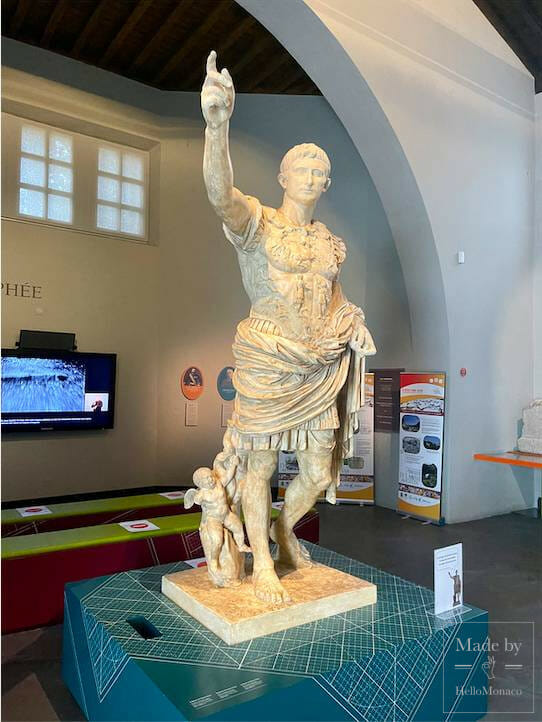
Romans used to build these kind of Trophies to thank gods for their battlefield victories and demonstrate their superiority over the defeated. Turris Beata was constructed back in 6–7 B.C. in honour of the Roman emperor Augustus. The museum thus bears a 47-metre-tall Augustus statue. The adopted son of Caesar brought 45 Celtic tribes inhabiting the Alps under Roman rule. Despite repeated invasions, the tribes did not give up their positions, preventing the unification of certain Great Roman Empire provinces. Augustus subdued the rebels during four battles, largely expanding the borders of his state.
The Romans chose La Turbie to build their Trophy for a reason. It was the highest point of their newly reclaimed road, leading from Italy to Gaul (modern France). This was also a great way for the sailing ships to admire the triumphant Roman Empire. This Trophy was basically giving Augustus the status of deity.
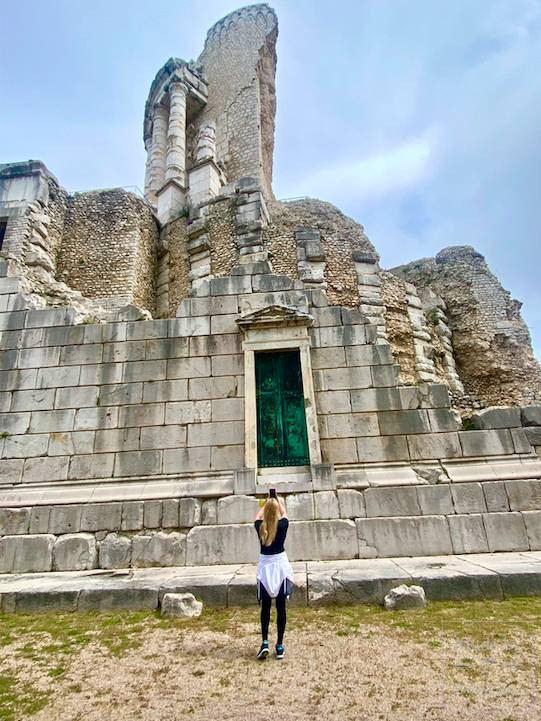
Explore this path! It ticks the boxes for both a workout and a cultural pastime!
Promenade Le Corbusier
One of the best spring and summertime walks to go on is the Promenade Le Corbusier.
Promenade Le Corbusier begins in Roquebrune Cap Martin, running along the coastal walk of Cap Martin, to the edge of Menton. It is a beautiful seaside walk that gives you views of wondrous beaches, crystal clear waters and the entire profile of the Principality of Monaco. The walk will usually take 3 hours in total to complete depending on your speed and how many times you stop, and is suitable for all ages, although a few stairs are unavoidable — the youngest ones shouldn’t feel the need to complain too much!
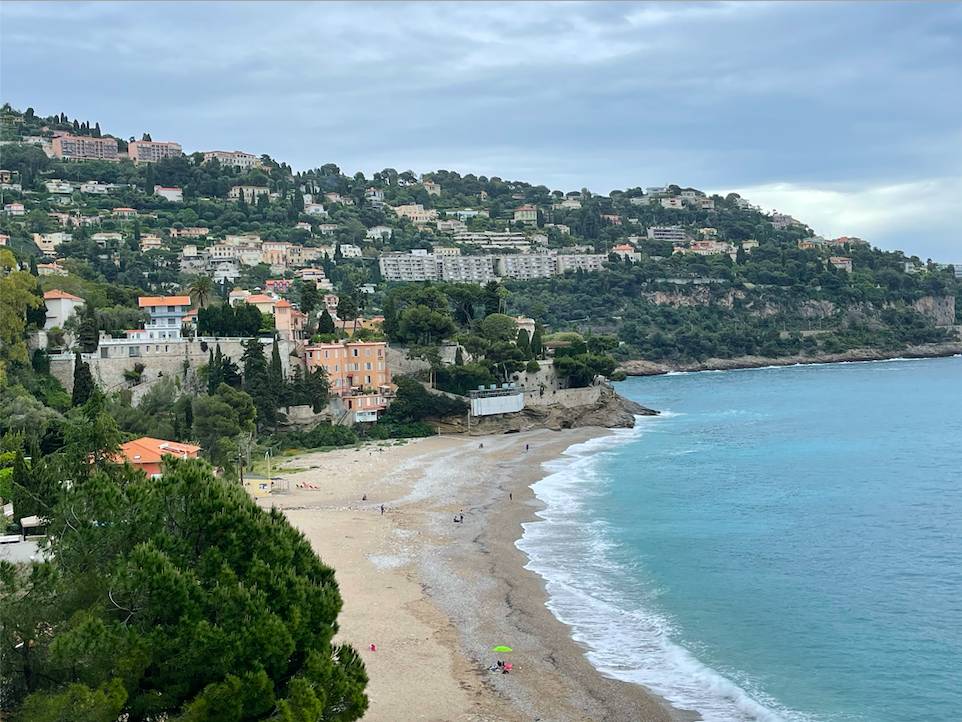
We recommend driving towards Le Golfe Bleu where you’ll be able to park the car above the first beach on your walk, Plage Buse, just by the Roquebrune Cap Martin train station. Or to avoid searching for a place to park in the popular spot, you could always take the train for 1.60 € directly there! From here, Le Corbusier walk has two alternative routes; you can either choose to walk towards Monaco or Menton. We recommend choosing the route that heads towards Menton as the views are more spectacular and the passageway is more enjoyable overall, but both are definitely worth doing at some point.

Promenade Le Corbusier was named after the famous and highly acclaimed Swiss architect Charles Edouard Jeanneret (1887–1965), who was given the nickname ‘Le Corbusier’. He is known as one of the pioneers of what is now called modern architecture and was dedicated to providing better living conditions for the residents of crowded cities. Charles Edouard Jeanneret was very influential when it came to urban planning, so much so that in 2016, seventeen of his projects were inscribed in the list of UNESCO World Heritage Sites for their “Outstanding Contribution to the Modern Movement”. You may visit one of Le Corbusier’s villas that sits on a cliff right at the beginning of the promenade, overlooking Plage Buse, and admire its architecture.
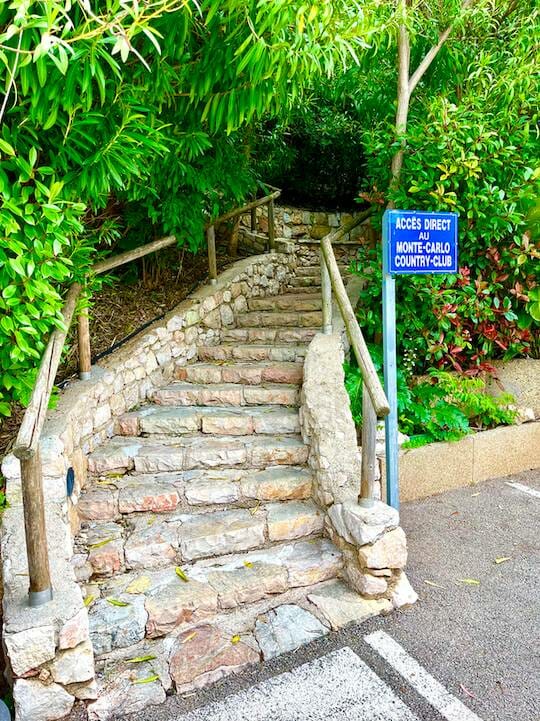
As you walk along the pathway, you will have a wonderful bird’s eye view of your surroundings, seeing Plage Buse laid out in front of you as well as the zigzagging Cap Martin coastline. Colourful paragliders will swoop over your head as they descend towards their beach landing spot. Your senses will be overwhelmed by the magnificent views of the diverse coast and ocean stretched out as far as the eye can see, as well as the wonderful perfumes that drift from the surrounding vegetation and adorn your walk, such as freesia and lavender. There are some interesting tree formations along the walkway as well, and you might have to duck a couple of times to avoid the cool leaning trees. The walk has plenty of places to sit and rest while taking in the view and making the most of the sunshine.
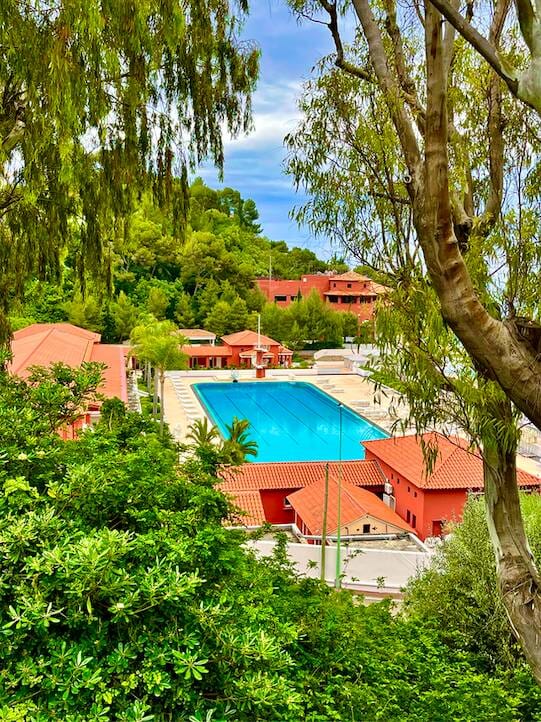
Wander off the trail to the rocks down below; look out for stairs or small openings in the bushes that allow you to make your way down right by the sea to explore more of the interesting rock formations and enjoy a more isolated view of the area. From here you can also get a clearer perspective on the glorious hidden villas built right along the Promenade Le Corbusier. Just don’t get too close to the sea or you might get splashed by salty waves on a windy day!
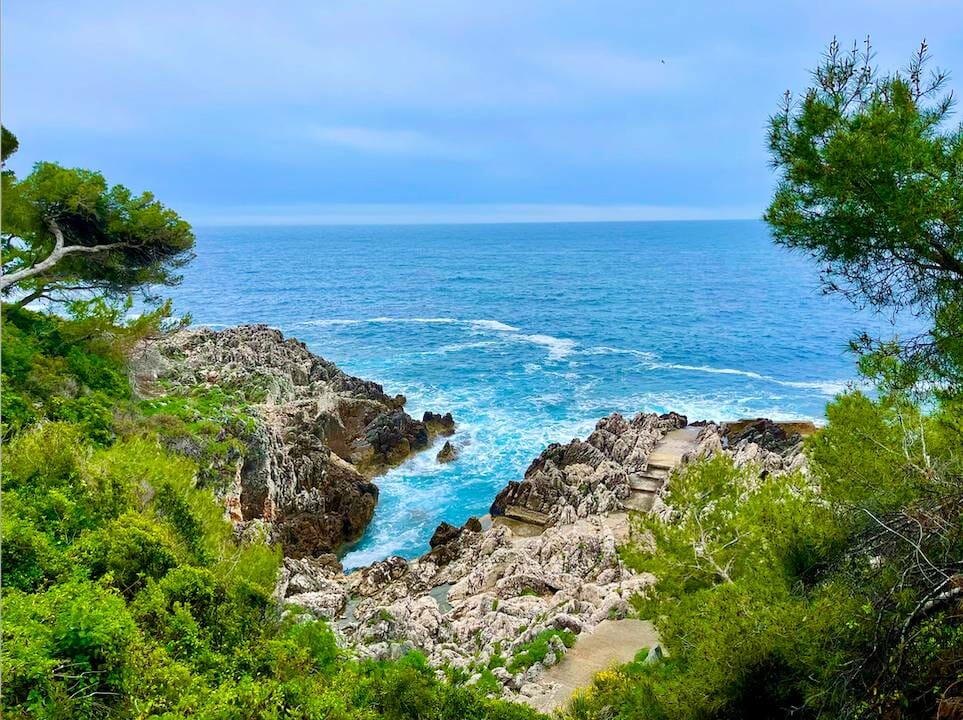
Once you’ve reached the end of the paved walk, to avoid going back the way you came, turn left up the road and walk through the peaceful villa laden streets to reach your car. Some of the most beautiful luxury villas of the Riviera can be found here and lovely lemon and pine trees adorn the walkway.
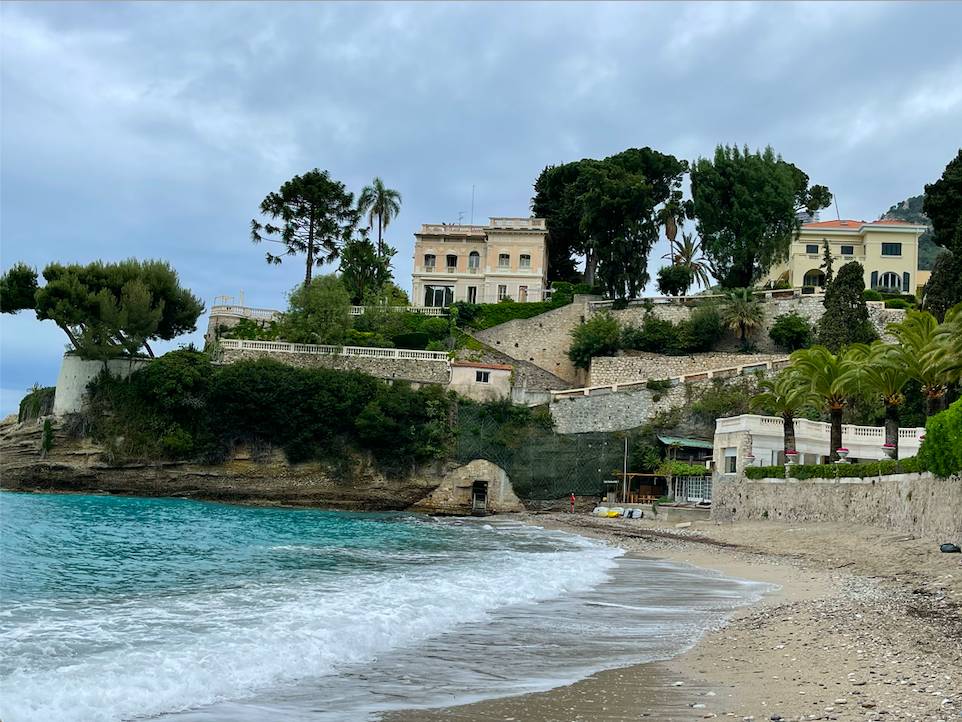
If you prefer a slightly shorter walk, you can park in Cap Martin near Avenue Virginie Heriot where you’ll find a little side street that merges onto the Promenade Le Corbusier. Either way, the walk is a must and will quickly become part of your all year round routine!
Chemin de Nietzsche
Undeniably, the hills and coastal areas surrounding Monaco are some of the most beautiful places in the world; they each have their own unique charm that is worth discovering. If you fancy more of a challenging walk as you take in some glorious seaside views, the Chemin de Nietzsche trail in Èze is perfect for you. The walk starts in Èze-sur-Mer right by the sea and ends all the way in Èze Village, a picturesque town nestled in the hills above. The village is situated at about 430 metres of altitude and takes around one hour to reach if you’re a more avid walker, or around an hour and a half if you prefer to adopt a more leisurely pace. It is definitely one of the more difficult walks in the region, with its steep incline and multitude of steps, but is such a rewarding workout and makes the views at the top even more worthwhile.
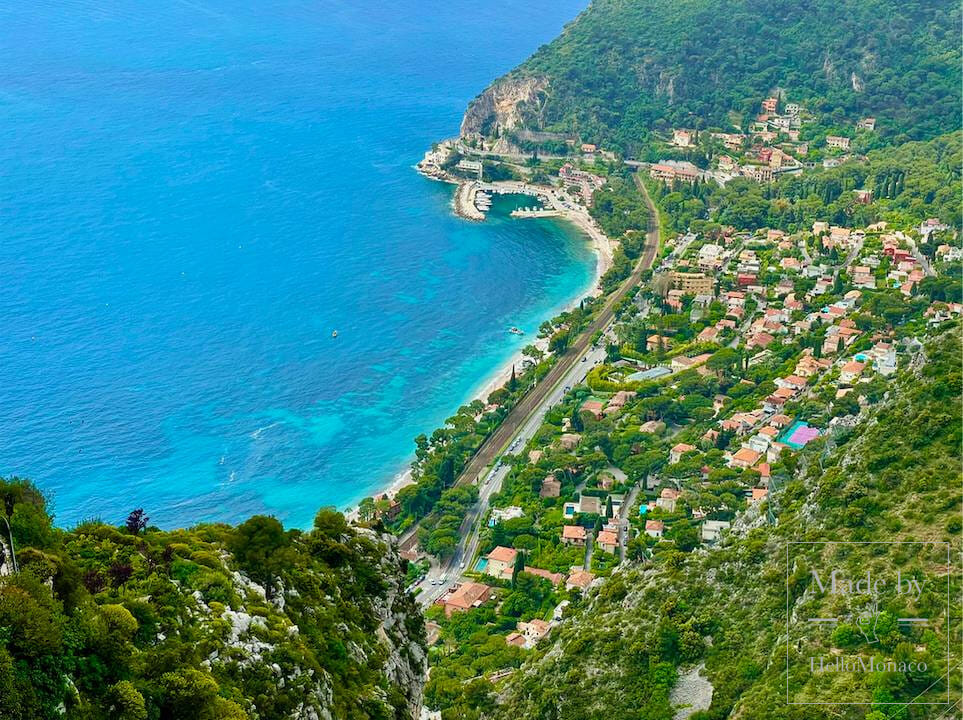
The trail is named after a great German philosopher who loved challenges, as he believed that the easier paths in life should be avoided, Friedrich Nietzsche. His work was essentially a critical genealogy of modern Western culture and of all its moral values. The philosopher had always been attracted to Mediterranean countries, which is why from 1883 onwards, he often stayed on the French Riviera. He settled in Nice at a time when his morale was at its lowest, but here he found the necessary creative emotion to write. He stumbled upon this walk and it was during the climb up this path from the seashore to the “wonderful Moorish village of Eza, built among the rocks” that he composed the third part of his work “Thus spoke Zarathustra”. Following his visit to the region, Nietzsche reportedly said, “I slept well, I laughed a lot and I regained a wonderful vigour and patience.”
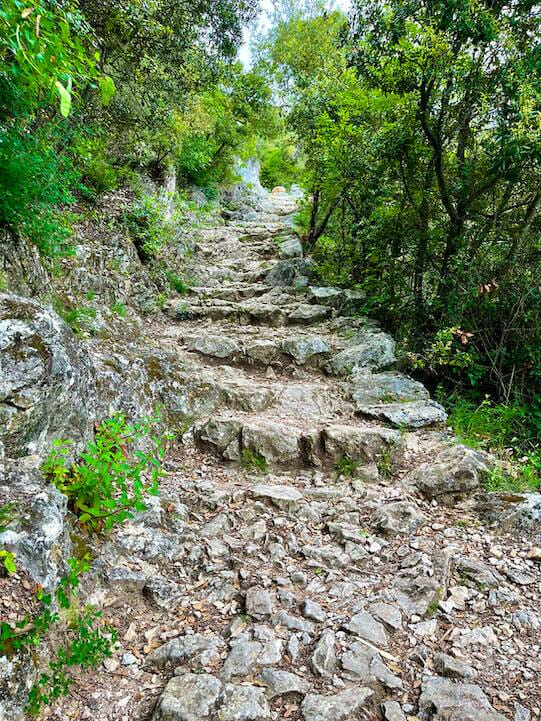
The start of the trail is situated directly opposite the Èze-sur-Mer train station, towards the very beginning of the seaside town where you’ll find plenty of spots to park your car, or even better come by train for 2.10 €. If you prefer a more leisurely walk, start in Èze village and make your way down by taking the opening situated right by the first entrance to Chateau de la Chèvre, before returning by bus. The pathway is very clearly marked and stairs have been built into most of the trail, but it is advisable to wear proper shoes to increase your grip and avoid slipping. Also bring plenty of water and sun cream as the path is exposed to the bright summer sun in many areas — set off earlier or later in the day to avoid the strongest rays of sunshine!
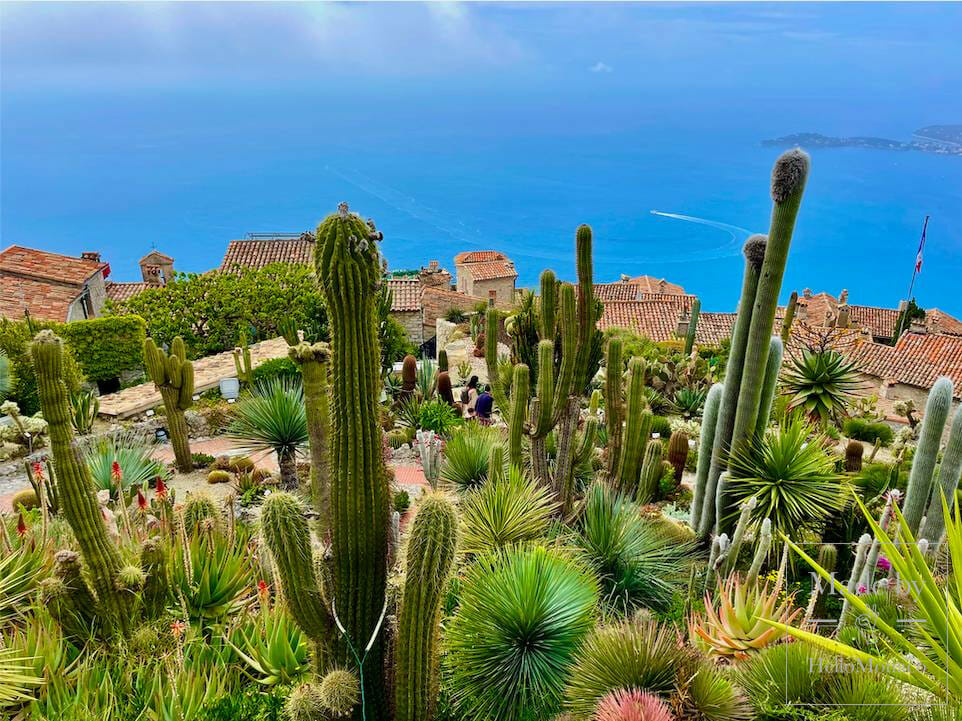
As you make your way up to the village that looms above you, you are surrounded by majestic cliff faces on a path that moves sinuously with the green covered valley. Make sure to look back at the views below as you make your way up, to catch glimpses of the clear, blue sea below as well as the historical villages perched on the hilltops.
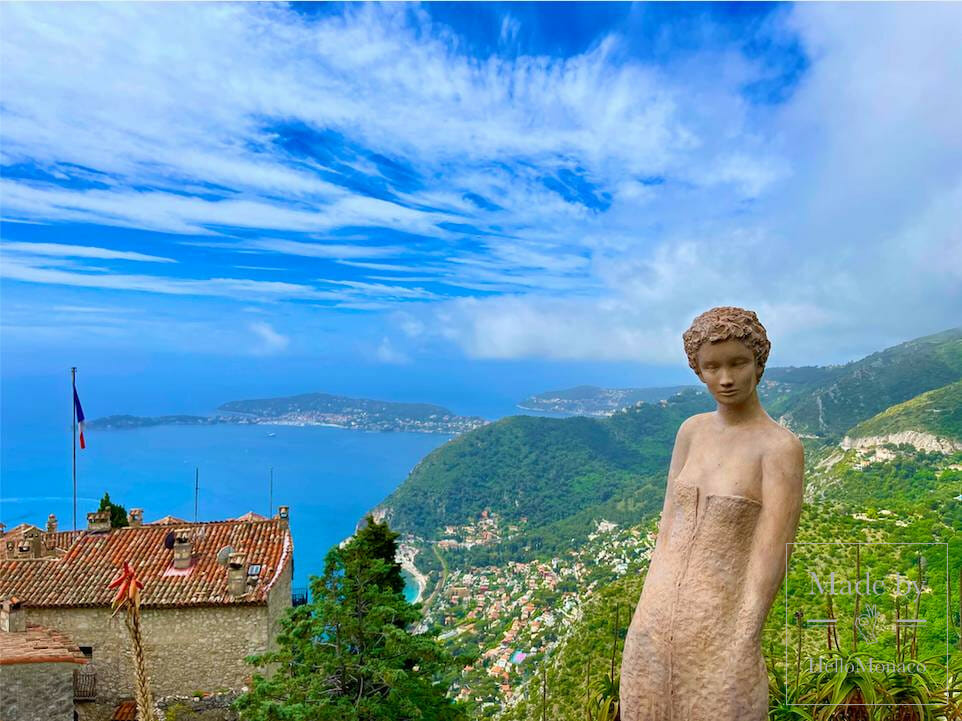
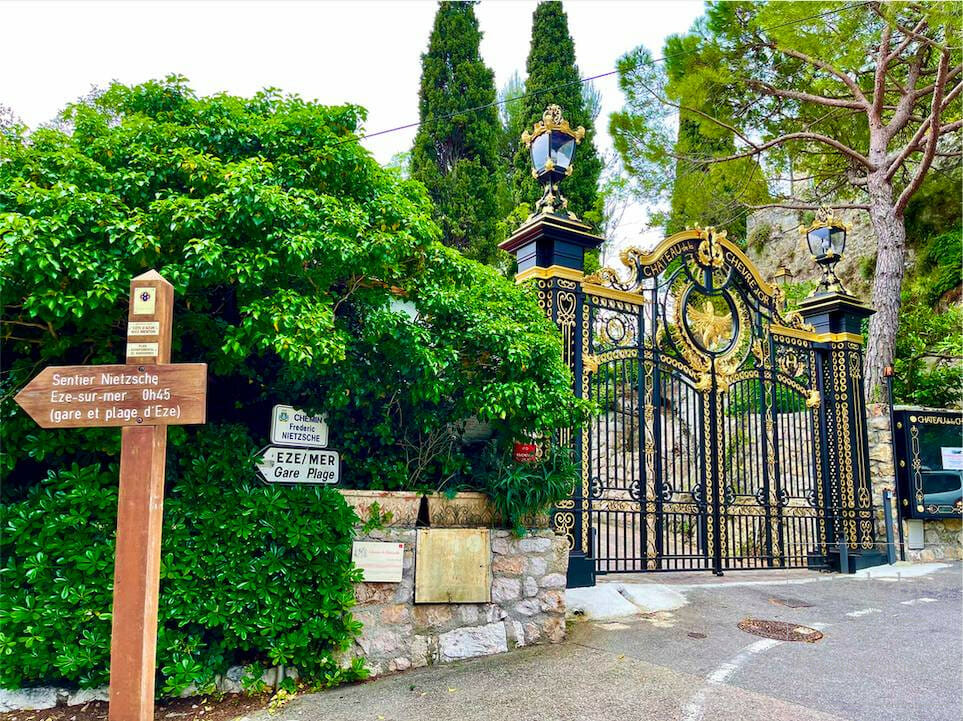
Once you reach Eze village, the sights there never disappoint; walk through the town’s winding little streets, and explore the art galleries and charming hotels, La Chèvre d’Or and Chateau Eza. Reward yourself with a satisfyingly fresh drink and take in the wonderful views — you’ve earned it!
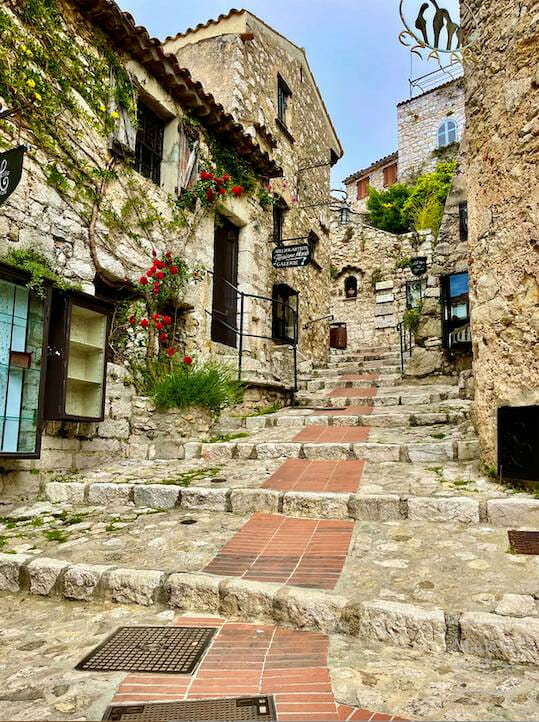
The descent takes around forty minutes and is a lot easier, as the path back towards the sea is entirely downhill, and you are able to admire the beautiful coastal views in front of you. Stop by Èze beach before you head home to cool off in the clear, turquoise water and look back and admire how far you’ve walked!
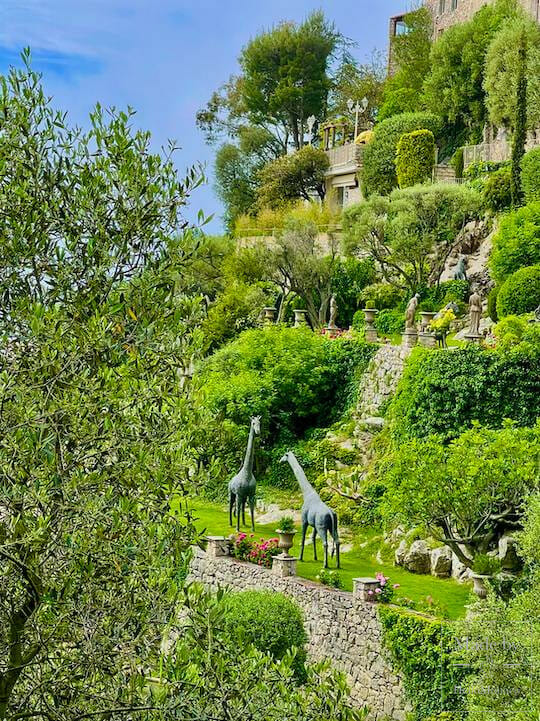
La Mala
One of the prettiest and most popular walks is on the coastal pathway that envelops Cap d’Ail, starting from Plage Marquet at the border of Monaco all the way to Plage de La Mala, a popular summertime destination.
The walk is officially known as Le Sentier du Litoral and takes about 45 minutes to walk one way so an hour and a half in total. Thanks to its relatively easy terrain it is perfectly suited to even the youngest of hikers! Although you might be asked for a piggyback ride up the few stairs that lead to the beach, it is the ideal way to get some fresh air and use up some of that surplus energy.
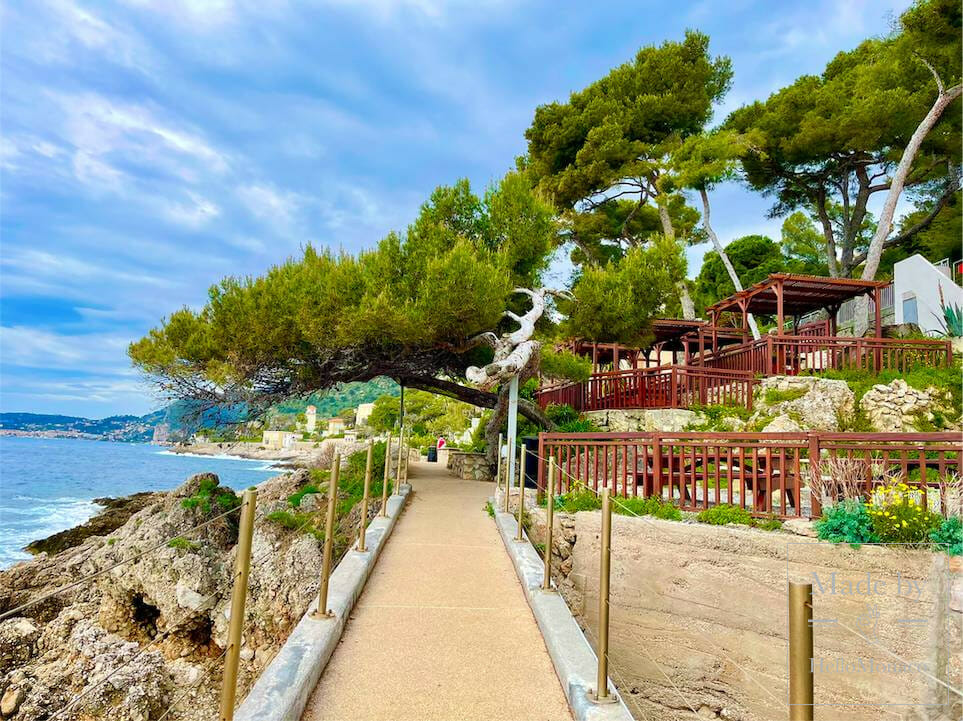
The trail starts at the Plage Marquet parking, where two hours will cost you around 3 €, and the well-paved entrance that marks the beginning of the coastal walk is impossible to miss. As soon as you turn the corner you see the splendid pathway stretched out in front of you, moving sinuously and harmoniously with the shape of the coastline. It is such a beautiful walk that you would like to visit it again and again and always be taken aback by the splendour of your surroundings.
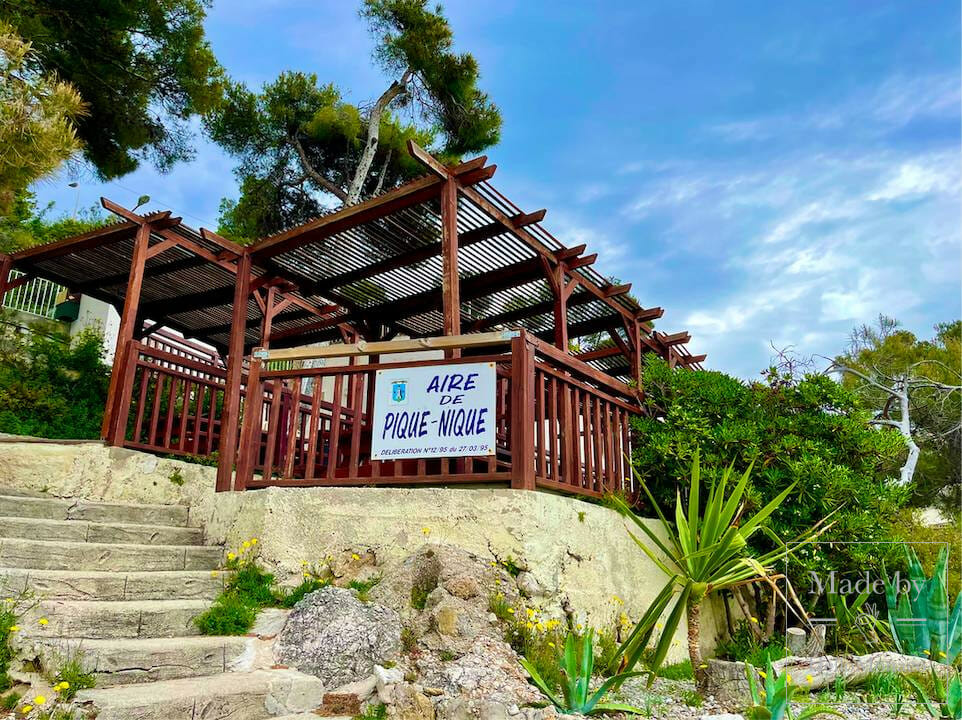
Even in the winter months, the trail is full of life, attracting locals looking for a quiet place to sit in the sun while they enjoy their books or fishing perched on the coastal rocks. The trail is also the perfect place to head for a picnic by the seaside. There are designated picnic areas with well-kept tables all year round, or for those wanting to make the most of the location, lay a blanket on the slanted rocks by the seashore for a more rustic experience. Just be ready for the occasional salty spray from the crashing waves!
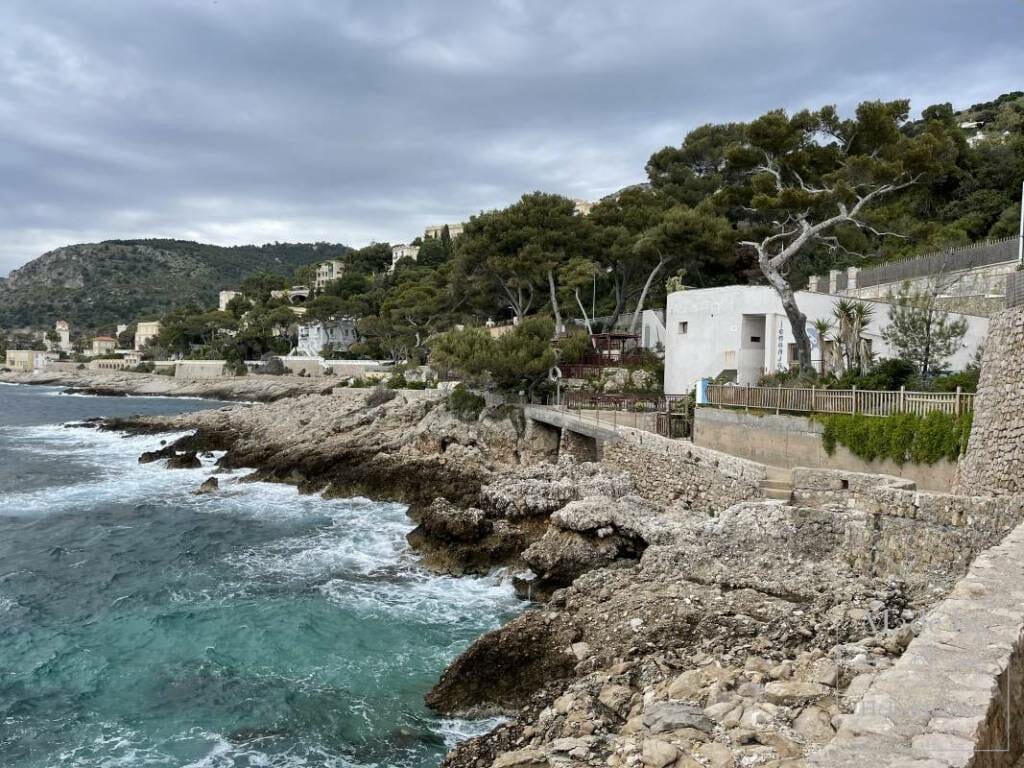
As you make your way around the coast, there are informational plaques about the diverse flora and fauna that surround the colourful trail, describing the formation and use of the various Mediterranean plants that protect the coastline against wind and water erosion, including Tamarix shrubs and Cannes de Provence. You also learn about coastline creatures such as the European conger, a species of eel that lives deep in the rock formations, and lobsters that are hunted by these eels. The area is actually composed of volcanic clusters of rocks that existed in the Jurassic period!
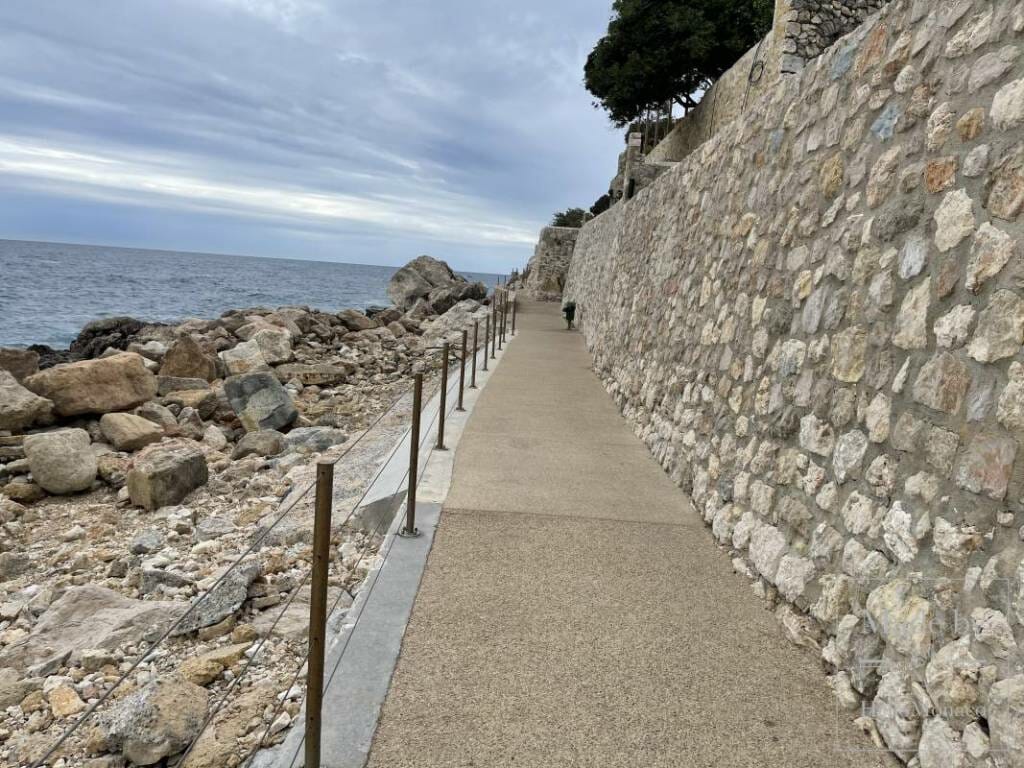
I also suggest looking to the right during all the walk as the coastline is also dotted with dreamy 20th-century villas such as Villa The Rock, a majestic building surrounded by towering cypress trees and exotic plants that previously belonged to George Schlee and where the famous Swedish actress Greta Garbo often stayed. Villa Les Funambules is also found on this prime location, with two large balconies that look out to Cap Ferrat; it belonged to the writer and actor Sacha Guitry, who wrote new theatre pieces as he was so inspired by the stunning location. Sir Winston Churchill is also rumoured to have stayed at Lord Beaverbrook’s Cap d’Ail villa, Villa Capponcina, on numerous occasions.
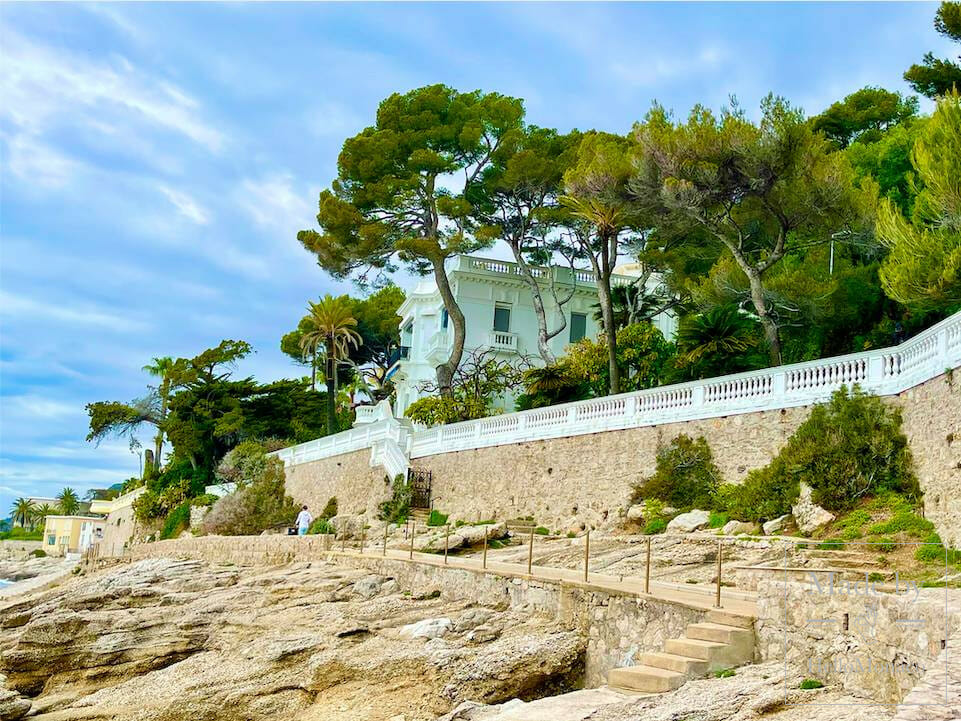
On particularly windy days, barricades block off the more risky area at the tip of the coastline towards the end of the walk. This is just a precaution as the waves can reach great heights and speed — their power is not to be underestimated! However, thanks to the security measures put in place, the La Mala walk is as safe as can be. To reach the final destination of La Plage de La Mala, you simply take a short detour through the winding villa-filled street just above the trail before reaching l’Escalier de la Solitude that leads directly to the beach below.
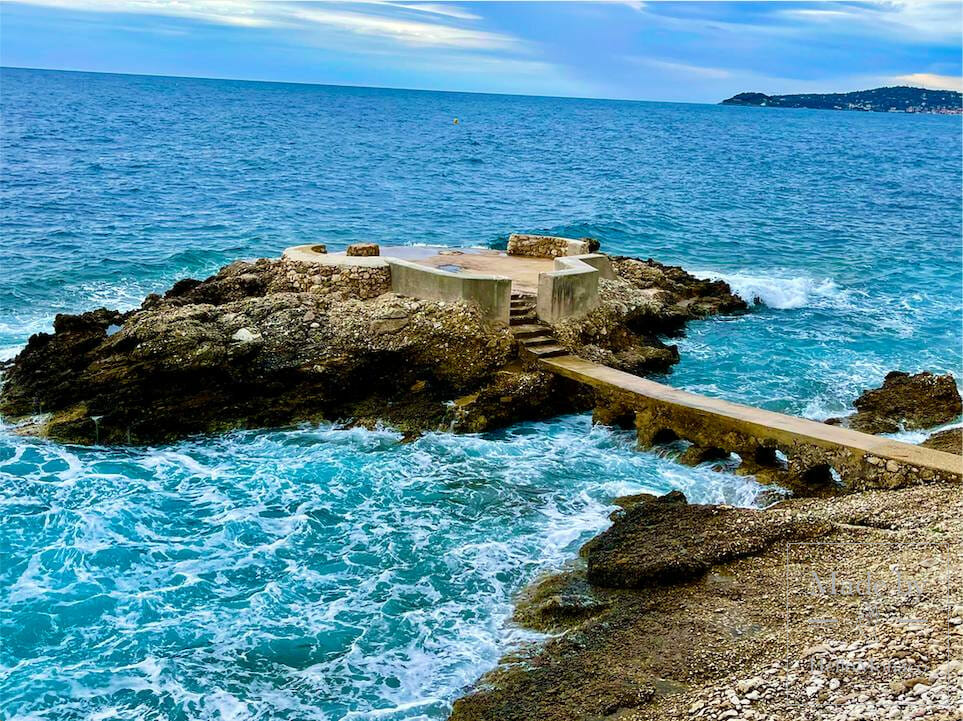
La Mala beach is one of the most popular and beautiful summertime beaches on the Riviera. Many locals and tourists make their way to the beach by foot or by boat, laying their anchor in the tranquil cove of La Mala. It is said that the beach was named after Mathilde Kschessinskaya, a legendary Russian Prima ballerina who lived in the area and who frequently visited the beach with her various lovers. The beach is no stranger to celebrity sightings — a few of the former James Bonds have been spotted here relaxing and enjoying a beer.
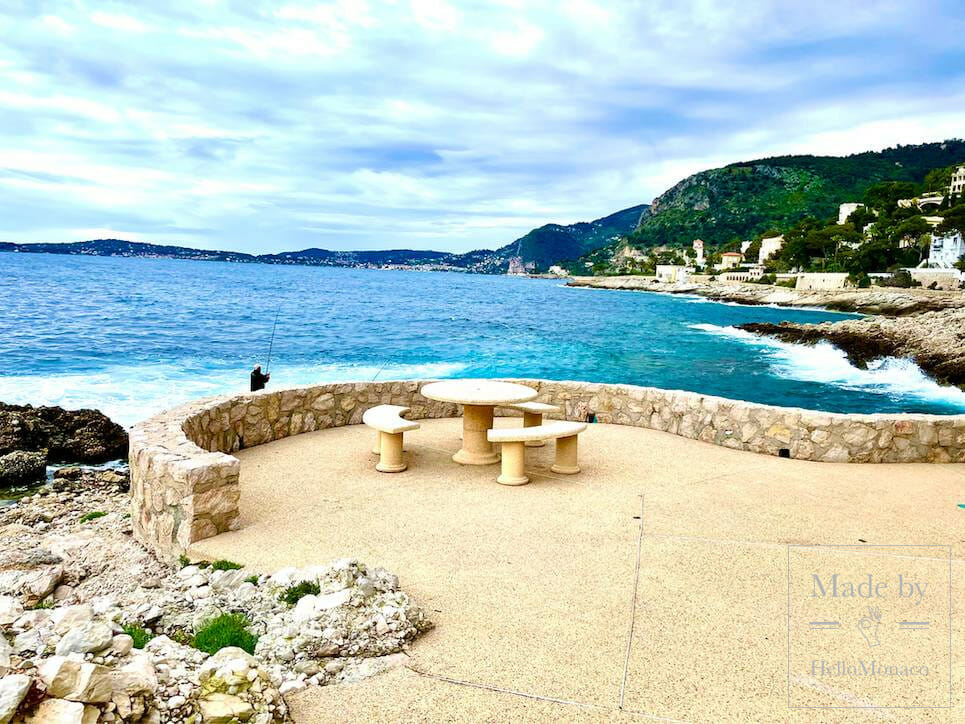
For a quick shortcut to the beach, simply park your car at La Pinède Restaurant and walk the ten minutes to your destination. The beach caters to your every need, whether you fancy getting a bite to eat at the chic seafront restaurants, enjoying a refreshing drink as you listen to the music, or simply laying a towel down and catching some sun, everyone is welcome. The two private beach-restaurants, open from the end of May to late September, La Réserve de La Mala and Eden Plage, are super packed during the summer months so we definitely recommend reserving your sun loungers or table beforehand!
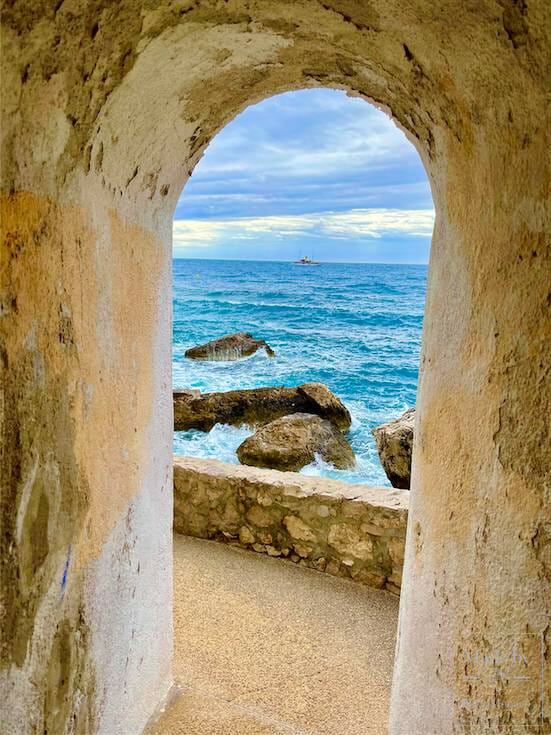
The La Mala coastal walk is an all year round prime location for residents of the Riviera, and whether you’ve never been or walked it a thousand times before, this beautiful and peaceful sunny walk is always a good idea.



